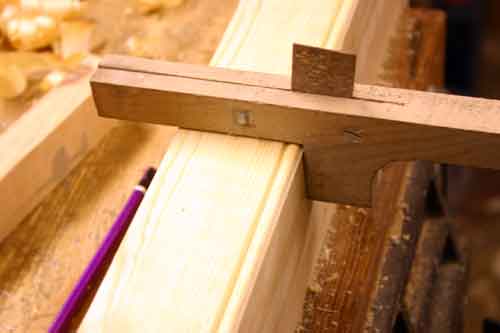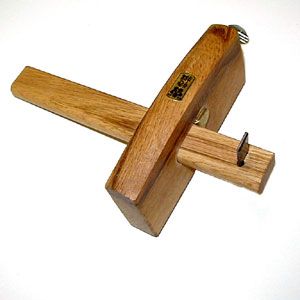Recently I bought a Nikon S01 camera.
It is a very small camera so it is handy to have in my shop. It takes better photos than my phone and so the images should be better in this blog in the future.
Almost the entire back side of the camera is viewing screen and to protect that screen you can buy a very nice hard case. In my case the case was going to be half the price of the camera, and I just couldn't undo a really good deal on the camera buy spending that much money on a case. None the less the viewing screen does need to be protected.
The solution was to make a case.
I have watched videos on Youtube where people make duct tape cloth, or duct tape leather and that is what I did.
 |
| camera case tools |
To begin this process I cut out a wooden template slightly larger than the camera. I also cut up soda can into two pieces slightly smaller that the camera's large sides.
I began by wrapping the template in duct tape with the sticky side facing out. I then laid the soda can sections onto the tape. The tin layer provides protection and structure to the case.
Once the tin was in place I put the second layer of tape on. Needless to say it stuck very well since it was glue surface to glue surface. The fancy star tape is in my shop drawer because I have grand daughters and they like pretty stuff. Gray tape works fine for me mostly.
I also made a strap closure with more duct tape.
Making something like this needs no special tools, although the cutting mat is nice to work upon. The soda can cut easily with the scissors and I used the shop knife to trim straight edges on the tin. I like making things, especially things that have purpose.
The panels for the jewel box are sanded and cut to size. I just need to find the time and inclination to assemble the pieces. Currently the weather is too nice and there are too many grand children things I'd rather do.
cheers ianw























